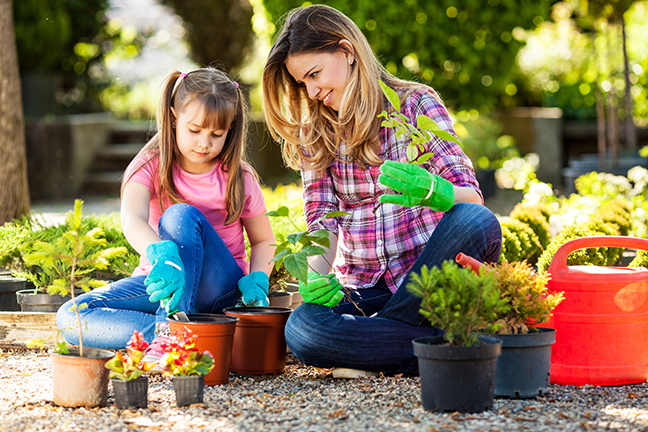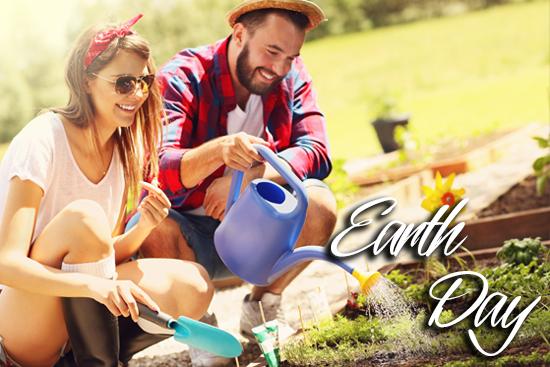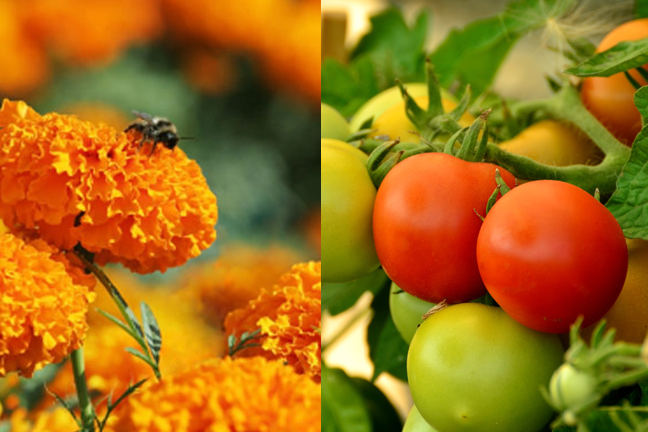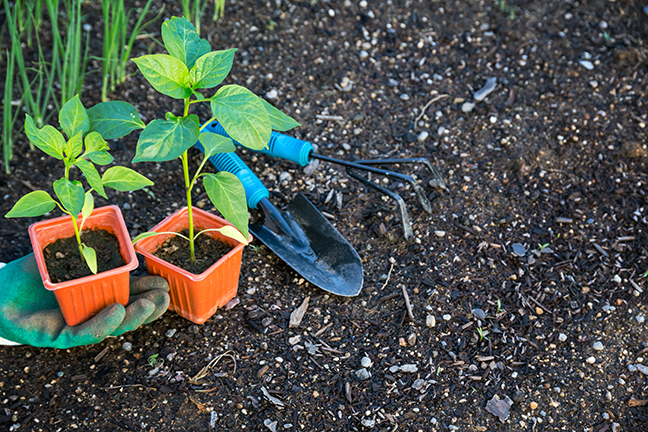Soil building reduces the need for pest management. It means pest resistance or immunity can be achieved through proper nutrition. If a plant is properly nurished, plants have a high level of tolerances to enviornmental stresses. Insects cannot breakdown complex carbohydrates, proteins and plant oils. Pathogens like blight and mildew, as well as many nsect pests will no longer successfully attack them.
We recommend mixing your own potting mix or tilling in nutrient rich material to your garden as well as a regime of ALGOplus at each watering.
Potting Mix Recipe
1 part peat moss or coir
1 part vermiculite, perlite or coarse sand
1 part compost or composted cow manure
Tips:
- Presoak your peat for a few hours before mixing.
- To improve potting mix structure, increase nutrients and increase water retention add humus or worm castings
- Add1/4 cup lime to every gallon of potting soil to counter the acid of peat and keep the pH level near neutral
- Add fine sand to improve drainage if you fill the mixture is too thick





